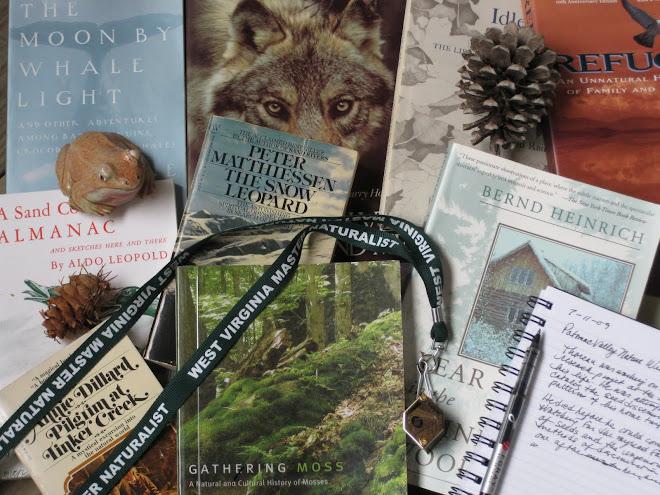 PVNWG members will read works by poet Mary Oliver in preparation for our discussion on MARCH 28 (rescheduled date due to February snowstorm.) Members may read any of Oliver's poetry but the collections Owls and Other Fantasies and New and Selected Poems, Volumes I and II are especially recommended.
PVNWG members will read works by poet Mary Oliver in preparation for our discussion on MARCH 28 (rescheduled date due to February snowstorm.) Members may read any of Oliver's poetry but the collections Owls and Other Fantasies and New and Selected Poems, Volumes I and II are especially recommended.
Mary Oliver is renown for her "passionate attention to the natural world." Perhaps her most well known poem is "Wild Geese" (See links to poetry below.) Her relationship to nature is similar to that of Thoreau and Emerson. As a teenager she lived briefly in the home of Edna St. Vincent Millay, where she helped Millay's family sort through the papers the poet left behind. Millay is seen as an important influence in her work. The style of her work has also been compared to Walt Whitman and Robert Frost. Read more Oliver biography at the Academy of American Poets website here.
Oliver won the Pulitzer Prize for Poetry for American Primitive in 1984 and the National Book Award in 1992 for New and Selected Poems, among many other honors. Here are some comments that underscore her reputation as one of America's finest nature poets.
Oliver locates wisdom in the wilderness she seeks in solitude, where discoveries about the self and nature's otherness can be made...Expressed in simple language and familiar imagery, evoking dark and joyous states, this vision of nature is often conveyed in an ecstatic voice that compels. Annette Allen, Encylopedia of American Literature. Steven R. Serafin, General Editor. Copyright © 1999 by the Continuum Publishing Company.
Poet Mary Oliver is an "indefatigable guide to the natural world," wrote Maxine Kumin in Women's Review of Books, "particularly to its lesser-known aspects." Oliver's verse focuses on the quiet of occurrences of nature: industrious hummingbirds, egrets, motionless ponds, "lean owls / hunkering with their lamp-eyes." Kumin noted of the poet: "She stands quite comfortably on the margins of things, on the line between earth and sky, the thin membrane that separates human from what we loosely call animal." Poetry Foundation website
A strong sense of place, and of identity in relation to it, is central to her poetry. Her poems are firmly located in the places where she has lived or travelled, particularly her native Ohio and New England; her moments of transcendence arise organically from the realities of swamp, pond, woods and shore. Robin Riley Fast, "The Native American Presence in Mary Oliver’s Poetry," Kentucky Review 12:1/2 (autumn 1993), 59; 65-66.
Her poems are filled with imagery from her daily walks near her home in Provincetown, Massachusetts: shore birds, water snakes, the phases of the moon and humpback whales. Maxine Kumin calls Oliver "a patroller of wetlands in the same way that Thoreau was an inspector of snowstorms..." As her creativity is stirred by nature, Oliver is an avid walker, pursuing inspiration on foot. For Oliver, walking is part of the poetic process. Oliver is also known for her unadorned language and accessible themes. Wikipedia entry
Online poems here and here
Photo of Mary Oliver and Diane Ackerman here.



I would like to add Ann Pancake's "Strange As This Weather Has Been" as one of our next books. It is about WV and covers an issue I think is very important.
ReplyDelete